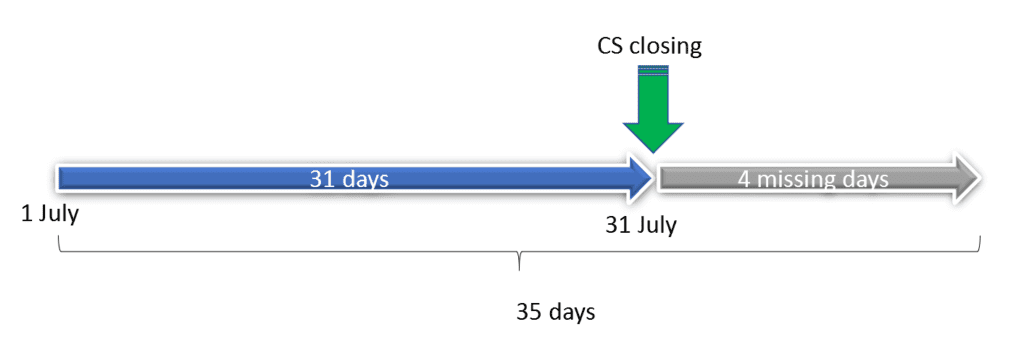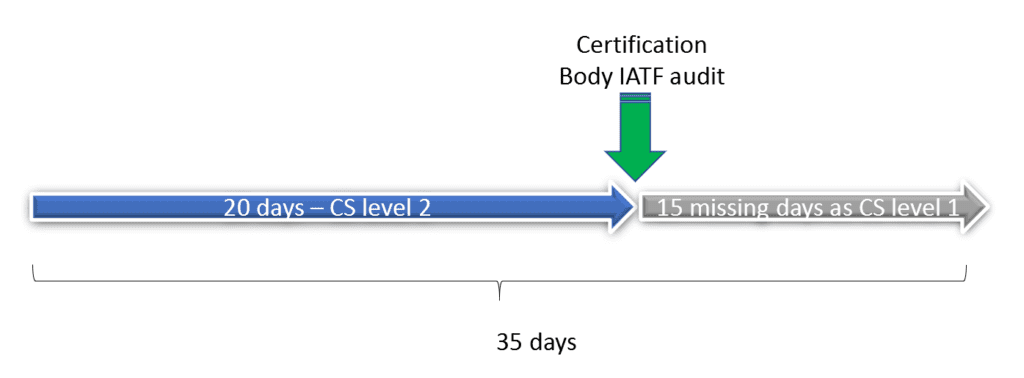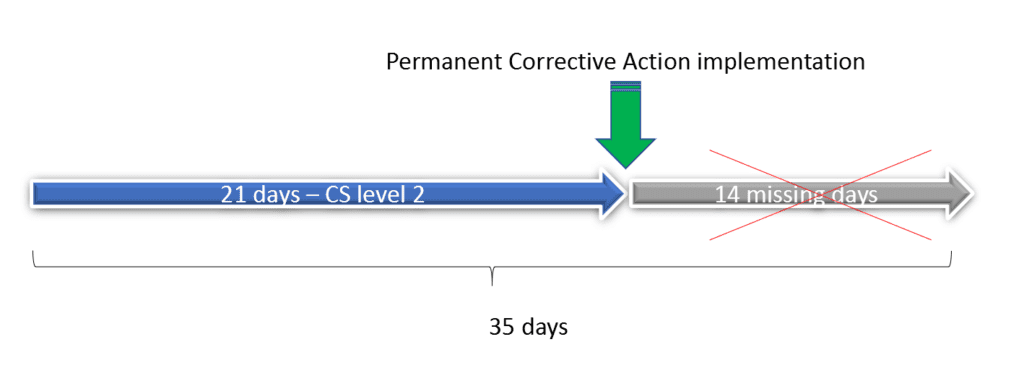By supplying parts to the automotive industry, every organization is aware that it must meet specific quality and logistics requirements in this respect. The IATF requirement to be met in this area is 9.1.2.1. Customer Satisfaction – Supplemental.
If organization is not able to meet the above requirement, it may be escalated. Each of the clients has a defined escalation approach defined in their procedures, which includes, among others, activity related to 100% final goods controls , usually taking 5 weeks. The above control shipment term functions in the following clients as:
– 3CPR (ex-CSL) for Stellantis ex-FCA and ex-PSA.
– Controlled Shipping for GM and Mercedes.
The additional division directly relates to the level of control of the material sent to customers.
Level 1 means that 100% control is carried out with the organization’s resources. On the other hand, Level 2 means that 100% control is carried out through an external company, which is hired by the organization. For the second case, supplier cannot choose any company that can carry out such activities, but must use external companies that are authorized by the customer.
We must also remember, that for this level, it’s required informing about this fact certification body by organization, which certifies and performs audit according to. IATF certification.
If the customer has informed our production plant about kicking-off such activity, it is worth remembering several strategies for managing 100% control of shipments.
Control Shipment / Controlled Shipping (CSL) closing within one month strategy
During discussion about CSL, we must remember that each time when it’s opened, we’ll be penalized in the Score Card / Bid List of customer. Nevertheless, it’s one of those activities that is automatically deleted when the activity closes (it’s not included in the next months rolling). For this reason, it is worth negotiating with the customer to open the CS at the beginning of the month, and then close it at the end of the same month.
Thanks to this, it will not be included in the Bid List. However, question shows up here about missing days when this activity still needs to be continued. For example, if the CS opens on July 1 and closes on July 31, we still have 4 procedural days to officially close it (we remember from the beginning of the article that the duration of CS is 5 weeks, so 35 days).
 In this case, we should start to negotiating with the customer the earlier possibility of closing it, however, we must remember that this involves long-term prior relationships building at the appropriate level. Above strategy does not apply if CS is open in the middle of a given month.
In this case, we should start to negotiating with the customer the earlier possibility of closing it, however, we must remember that this involves long-term prior relationships building at the appropriate level. Above strategy does not apply if CS is open in the middle of a given month.
Change of control level from 2 to 1 for Control Shipment / Controlled Shipping (CS)
Being in special status, we must take into account the inability to participate in the audit of supervision or re-certification by the certification body, which will first carry out a special audit in the production plant.
 This situation can occur when we have level 2 for 100% control of outgoing material. If we are in the middle of a CS corresponding to this level, it is worth starting negotiations with the client in order to change CS level 2 for CS level 1. In addition, we can agree that CS 1 will be run all the time under the same conditions as CS 2 , meaning that it will be carried out by an external company with a contractually defined quotation by the client.
This situation can occur when we have level 2 for 100% control of outgoing material. If we are in the middle of a CS corresponding to this level, it is worth starting negotiations with the client in order to change CS level 2 for CS level 1. In addition, we can agree that CS 1 will be run all the time under the same conditions as CS 2 , meaning that it will be carried out by an external company with a contractually defined quotation by the client.
Control Shipment / Controlled Shipping (CS) early closure by permanent corrective actions (PCA) introduction and validation
Procedurally, each CS is introduced for a period of 5 weeks. However, this does not mean that we should continue it until the last day if we have previously introduced appropriate permanent corrective actions.
 Let’s assume that after 3 weeks we were able to introduce a solution at the plant, which not only will give the opportunity to detect a potential problem, but will also prevent its occurrence (see above picture). In such a situation, we should not wait another two weeks until we start the procedure of closing the CS with the client, but start negotiations, in order to close it earlier, arguing with the corrective action implemented.
Let’s assume that after 3 weeks we were able to introduce a solution at the plant, which not only will give the opportunity to detect a potential problem, but will also prevent its occurrence (see above picture). In such a situation, we should not wait another two weeks until we start the procedure of closing the CS with the client, but start negotiations, in order to close it earlier, arguing with the corrective action implemented.
In such a situation, it is worth proposing to the customer a direct verification of such activities in the production plant for additional validation. This approach can allow us to close CS earlier, and thus save a certain amount of money. We must remember that external companies, even if we use their services for internal sorting, will have different price rates from those agreed with the customer as an authorization to carry out 100% control.


